Associated Collision Center wants you to be safe and aware, this blog contains great info on Exploring the ins and outs of a fender bender collision and how to best protect yourself.
Chances are, if you drive long enough, you’ve either caused a fender bender or been a part of one. They’re called accidents for a reason and humans are great at causing them. The worst part about driving is the accidents and fender benders top the list for Texans. Knowing what to do in such incidents as well as how to protect yourself beforehand can help you save money and hassle. Explore the ins and outs of a fender bender collision and how to best protect yourself.
What Is a Fender Bender?
In Texas, a fender bender is a nickname for minor automobile accidents. They typically involve two or more parties, low speeds, and minor contact. Here are some common examples of fender benders drivers may face:
- Backing out of your parking spot at H-E-B.
- Being hit in the drive-through line for Whataburger by a distracted driver.
- Rolling into another vehicle at a stop after prematurely letting up on your brakes.
- Running a stop sign and causing a small accident.
There are other examples, but you get the idea. Minor automobile accidents are what we are referring to.
Should You Plead Not Guilty to a Fender Bender in Texas?
Legal advice should come from your attorney, however, the best way to handle any auto accident in Texas, including a fender bender, is to let your auto insurance company do its job.
Document the accident, exchange information, and present truthful evidence of the events at hand allowing your car insurance company to act as a mediator to determine fault and move forward with restoring the losses involved.
What To Do in a Fender Bender in Texas
Each fender bender is different but the top priority is safety. Make sure that it’s safe around you and if there is an injury, you’ll want to report the incident and get any parties the right medical attention as needed.
If everyone is ok, you can begin with the following:
- After checking to make sure that everyone is ok, you’ll want to document the damage.
- It can also be a good time to respectfully but clearly document that everyone involved is ok.
- Fender binders usually mean the vehicles are drivable. Be sure to get to a safe location to protect the vehicles and the parties involved.
- Exchanging information is important including your insurance information and valid driver’s licenses.
- Contact the police when necessary. This can help you as they can provide a police report for insurance.
- Notify your insurance agent to provide a statement. You can also determine the best course of action for your needs.
Texas is an at-fault state. This means if you are found to be the cause of an accident, you’ll be responsible for paying to restore any losses. But again, accidents can be complicated.
While the most straightforward method for dealing with any auto accident is to get a police report and file a claim with your insurance provider, different situations call for different actions. Here are some examples:
What To Do in a Fender Bender With No Damage in Texas
Don’t flee the scene and proceed as normal. You’re going to want to document the event, make sure everyone is ok, and let your insurance agent know.
There are some scenarios in which drivers may not need to involve police which include if the accident doesn’t involve the government, the damage is under $1,000, there are no injuries, and so on.
We’ll touch more on this later, but if both parties can exchange information and vehicles can be driven safely, you may be able to handle the incident between the affected parties.
Note: this can be risky. Even with a minor fender bender and no police report, there are many things you may face by not going through proper channels. No matter what, including if you decide not to file a claim, it’s always recommended that you notify your insurance provider.
What Do You Do After a Non-Injury Fender Bender Collision in Texas
If no one is injured and there isn’t much damage, again, you can handle things from driver to driver. But doing so comes with the same risks listed above and no matter what, you should always document the incident and contact your insurance company.
How Much Does a Fender Bender Cost Texas Drivers?
In Texas, fender benders can range from a couple of hundred dollars to several thousand. Some reports go as high as showing Texas drivers paying an average of $13,000 per fender bender.
But every accident will be depended on several factors to determine the severity of the wreck and how much you’ll need to pay to restore the loss.
A smaller fender bender involving a slight tap on the bumper while in line at the drive-through is going to cost much less to restore than an incident in traffic involving more than two vehicles.
Overall, each fender bender accident can be a costly endeavor to overcome. Drivers should also be mindful that even in accidents involving only two parties, depending on your insurance coverage, you may have to restore losses for others and yourself.
Fender Bender Insurance Options for Drivers in Texas
Your auto insurance is going to be a key component in the event of a fender bender, but not all coverages are the same. Depending on your accident, certain insurance policies apply to specific needs as car insurance isn’t blanket protection.
Assessing your insurance needs with an insurance agent is the best course of action. Learn more about the different types of coverage options that will come in handy the most if you’re involved in a minor car accident:
Liability Coverage
Seeing as all drivers in Texas must have liability coverage, this protection is non-negotiable. If you cause a car accident, big or small, liability coverage pays to restore the loss of the other party.
This includes both restoring property loss and medical expenses. Fender benders are usually less severe, but with liability coverage alone, you won’t be able to restore your vehicle or medical costs through insurance.
Collision Coverage
Your collision coverage is great protection and instead of looking at fault, it simply pays you to restore damage to your vehicle after a car accident.
Drivers who are looking for more coverage for less can enroll in full coverage which combines both liability and collision with another form of coverage, comprehensive coverage, for a more complete form of protection. Comprehensive coverage protects you from damage that comes from non-accident-related incidents.
Uninsured/Underinsured Motorist Coverage
Fender bender hit-and-runs are a great way to ruin your day. With this coverage, you can protect yourself from having to repair your vehicle out of pocket.
Medical Payments or Personal Injury Protection (PIP) Coverage
Although the risk is lessened because fender benders typically have less impact, this coverage can help pay for the injuries of those involved. This includes the other party, your bills, and your passengers.
Will a Fender Bender Raise Insurance for Texas Drivers?
Yes, in many cases a fender bender will raise your car insurance rates for drivers in Texas, but there is a lot to consider:
- First off, it depends on whether you are at fault or not at fault. If you are found to be at fault, your rates will go up.
- If you are not at fault, you may still find that your rates will go up. This varies from brand to brand and is an important consideration when determining our auto insurance provider.
- Depending on how many fender benders you’ve been a part of in the past if you have a lot of claims, your rates may also rise regardless of fault.
Driving comes with many different scenarios and depending on the circumstances of your accident, you may or may not have your auto insurance increased. Here are common examples of accidents that do not raise your rates:
- If you are the victim of a hit-and-run.
- If your vehicle is parked legally but struck by a moving vehicle.
- You experience a rear-end collision with another vehicle and there is no ticket issued to you while driving.
Being the driver at fault during an accident is going to play a major role in how your fender bender insurance claim is handled among other things.
Do Fender Benders Have To Be Reported?
Reporting a fender bender in Texas can help you save money and hassle when it’s time to submit your claim. Failing to report your fender bender to the police and your insurance provider can lead to complicated legal actions later on.
Proving that you aren’t at fault for an accident takes evidence and involves an investigation. Here are some of the things you’ll need to help prove your innocence:
- A police report detailing the accident.
- A statement, written or otherwise, from the other driver that admits fault.
- Proof of reimbursement from another party such as a legal document.
Notifying your car insurance provider is important, but there are times when involving your auto insurance company could lead to some issues:
- The cost to restore your vehicle after a fender bender isn’t significantly much more than the price you pay for your deductible.
- You can agree with the other party to handle things outside of insurance.
It’s more than worth noting, however, that failing to use your insurance company can also leave you dealing with issues down the road. So, it would be a notable risk on your part.
A common example includes personal injury disputes. While a fender bender may not leave much more than some cosmetic damage, if you are injured from the incident down the road without going through proper channels, you may be stuck with paying the medical costs alone.
What to know more? please visit our last month’s blog Having a damaged car can be a frustrating experience and a complete Blog listing can be found here.





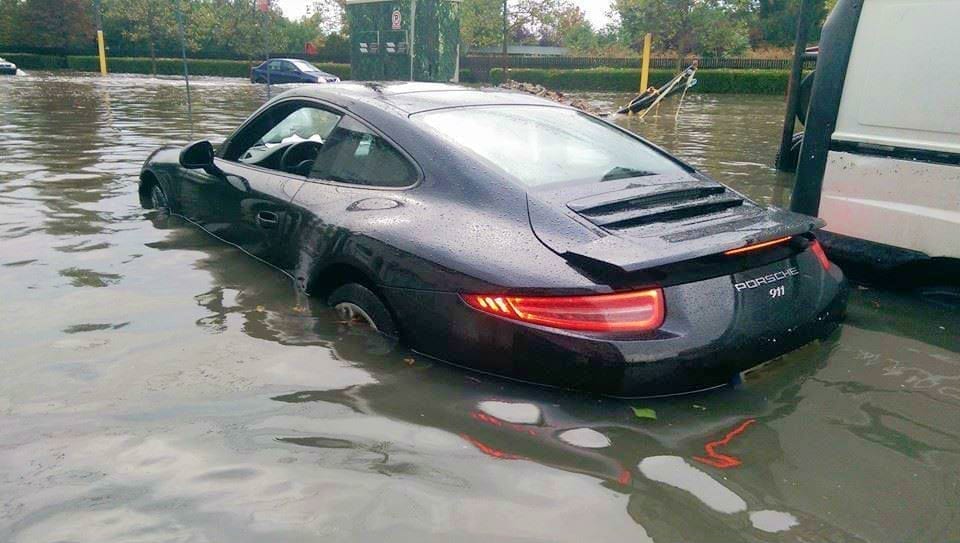
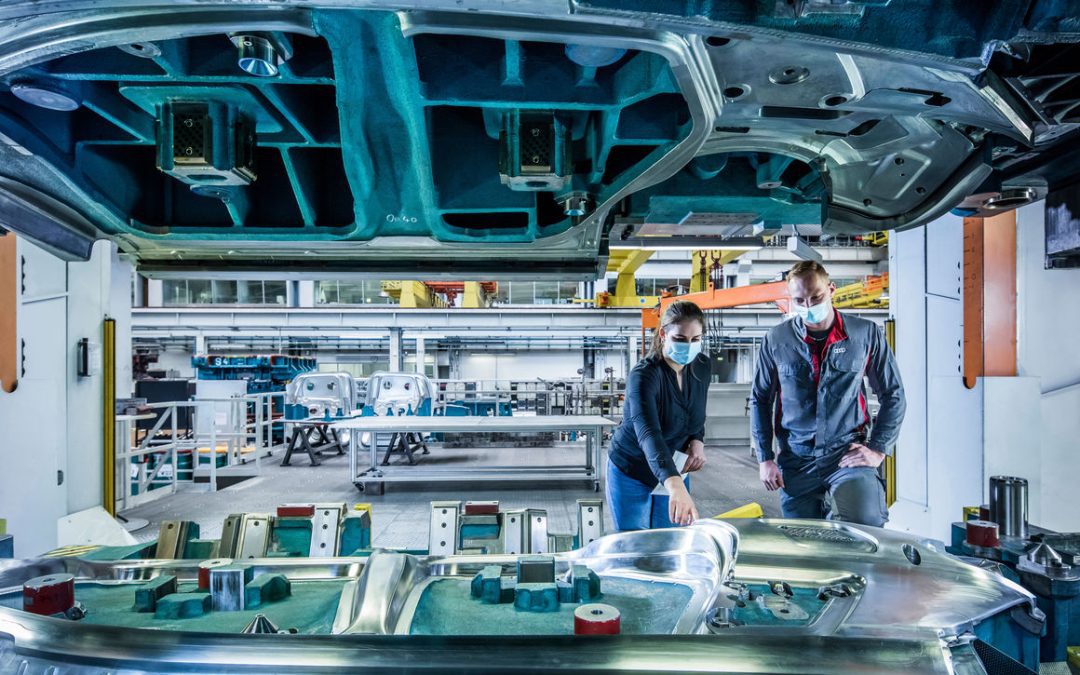
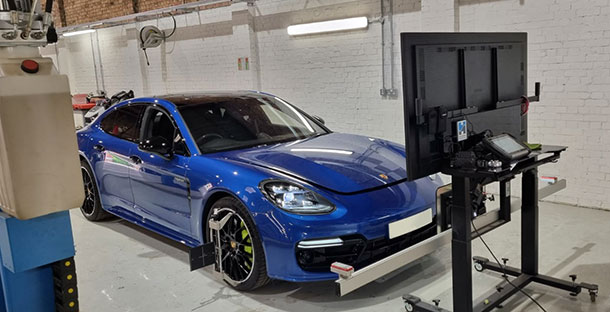
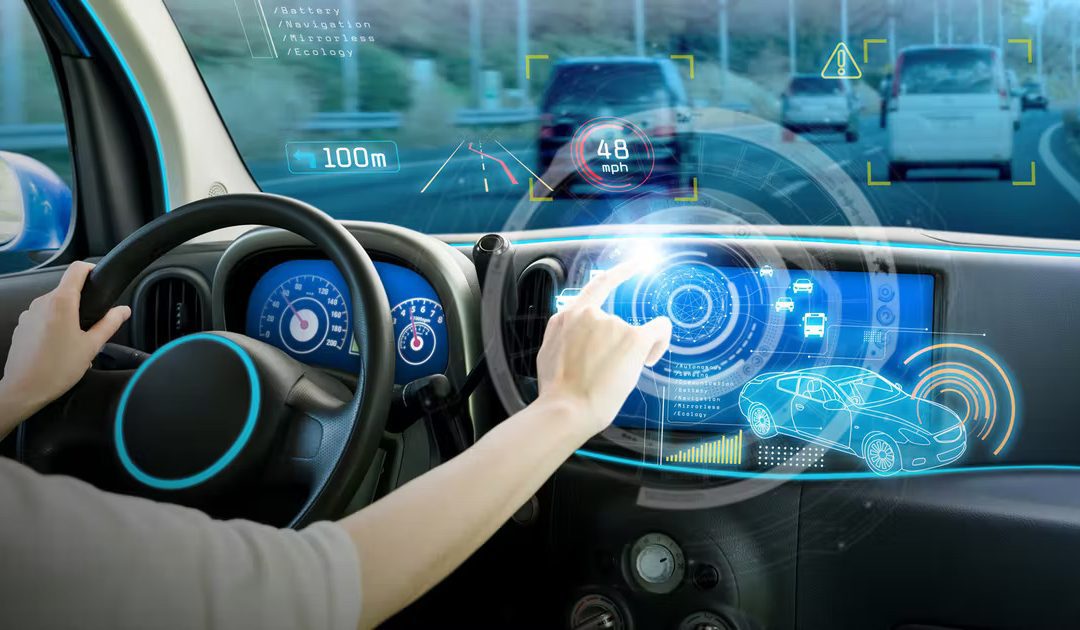
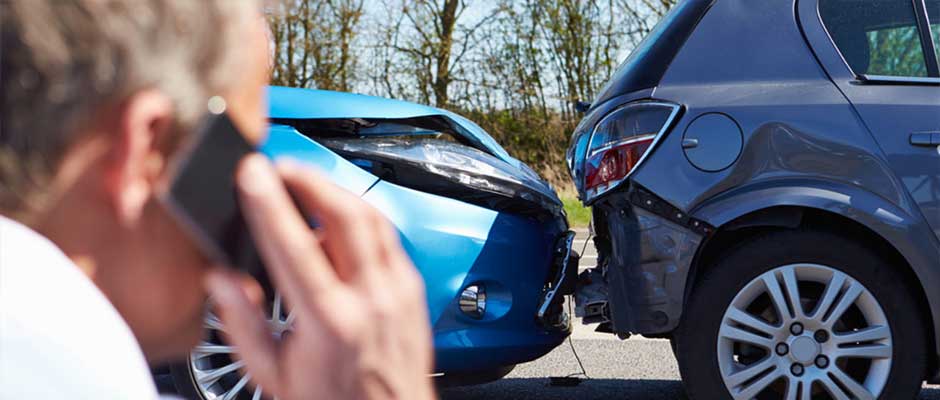

Recent Comments